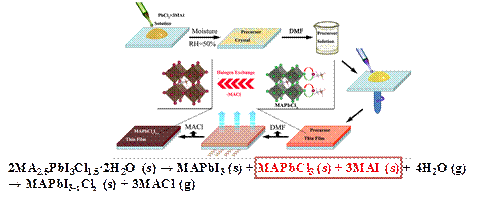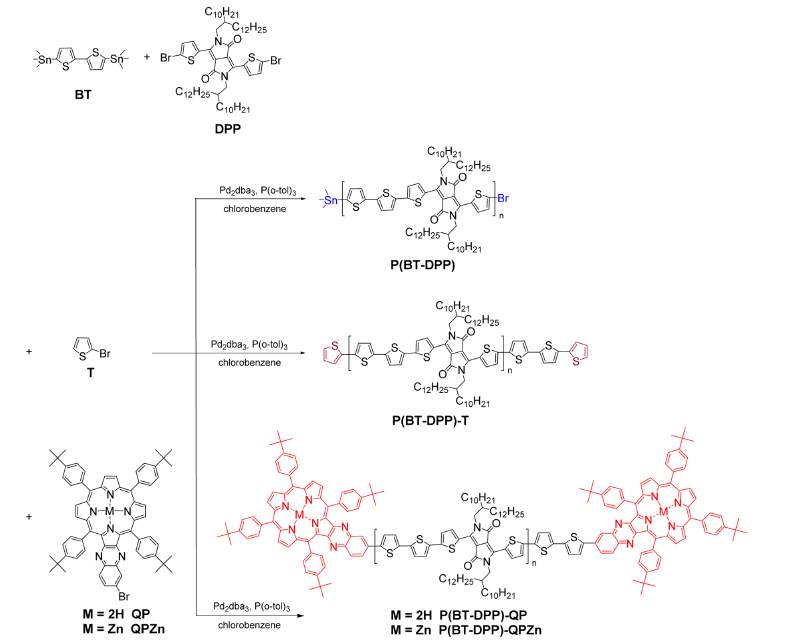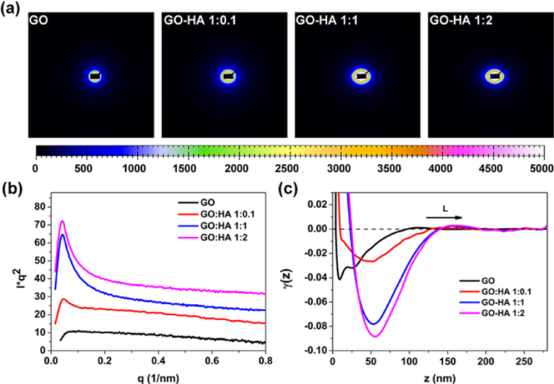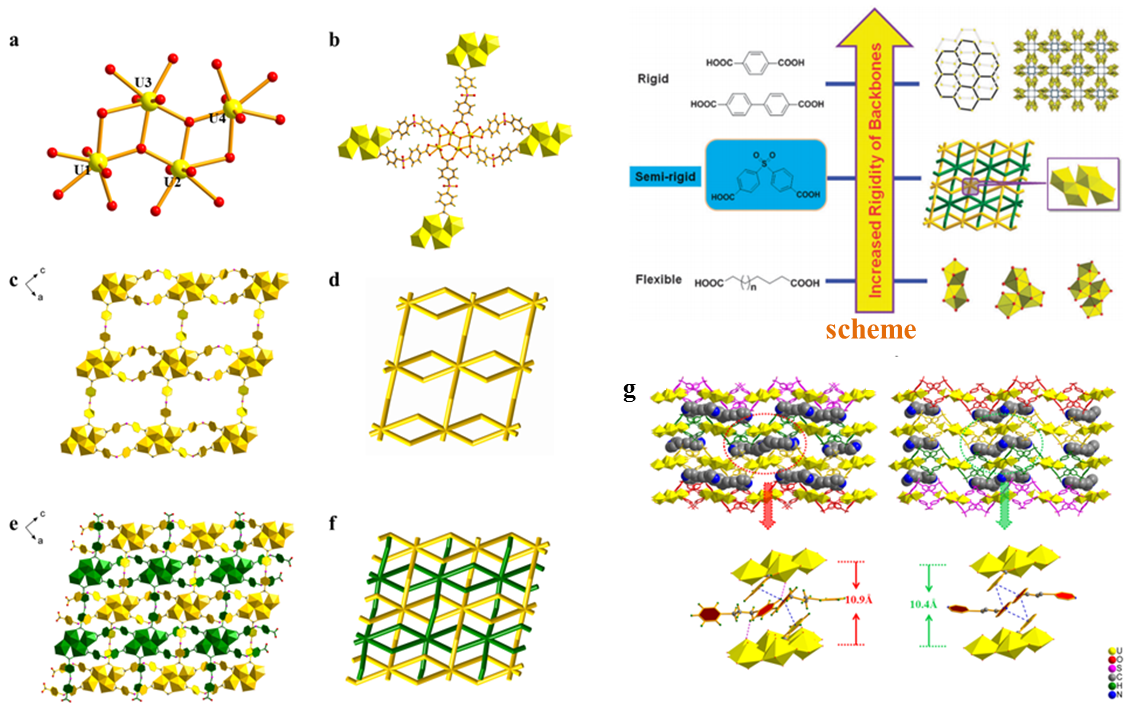
News and Events
Science Highlights
Home /
|
|
|
The research groups innovationally synthetize high orientation hydrate precursor crystals (MA2.5PbI3Cl1.5·2H2O), which induce the high orientation of perovskite membrane, and then the PSCs photovoltaic properties are studied. The two-dimensional orientation precursor of hydrate crystals are prepared via mixing PbI2 and MAI precursor in moist air. The hydrate precursor crystals induce stress-free residual perovski...
|
|
|
|
In these research, a series of end-capped donor-acceptor copolymers, P(BT-DPP)-T, P(BT-DPP)-QP, and P(BT-DPP)-QPZn, were synthesized by Stille coupling of 2,2′-bithiophene (BT) and diketopyrrolopyrrole (DPP) with end-caps of thiophene (T), quinoxalino[2,3-b′]porphyrin (QP), and quinoxalino[2,3-b′]porphyrinatozinc (QPZn), respectively. Compared with the counterpart, P(BT-DPP), which contains no end-caps, P(BT-DP...
|
|
|
|
Graphene oxide (GO) with an extraordinary atomic and electronic structure has germinated into an attractive building block for the design and fabrication of new chiral nanomaterials. Herein, we have synthesized a GO-humic acid (HA) sandwich-type complex that can selfassemble into a twisted, long-range-ordered nanostructure in aqueous media.
|
|
|
|
Luminescent materials containing bismuth and emitting in the near-infrared (NIR) spectral region have attracted much interest owing to a broad range of applications such as lasers, bioimaging, and telecommunications. However, it is extremely difficult to realize the rational synthesis of bismuth-activated, near-infrared luminescent materials. Concurrently, the near-infrared luminescence mechanism of such systems r...
|
|
|
|
Shi’s group from Institute for High Energy Physics and Xia’s group have achieved the templated synthesis of a unique type of tetra-nuclear uranyl-mediated two-fold interpenetrating uranyl–organic framework. Their research has been published on January 28th, 2016 in Chemical Communications. (Chem. Commun. 2016, 52, 1641-1644.)
|
|
|
|
The Laboratory of Nuclear Energy Chemistry from Institute of High Energy Physics has reported the first case of highly efficient removal of radionuclide by MXene through the capture of uranium on 2D vanadium carbide (V2CTx) as a demonstration. Their research has been published on June 7th, 2016 in ACS Applied Materials & Interfaces.
|

Copyright © 2011 - 2012 Beijing Synchrotron Radiation Facility






